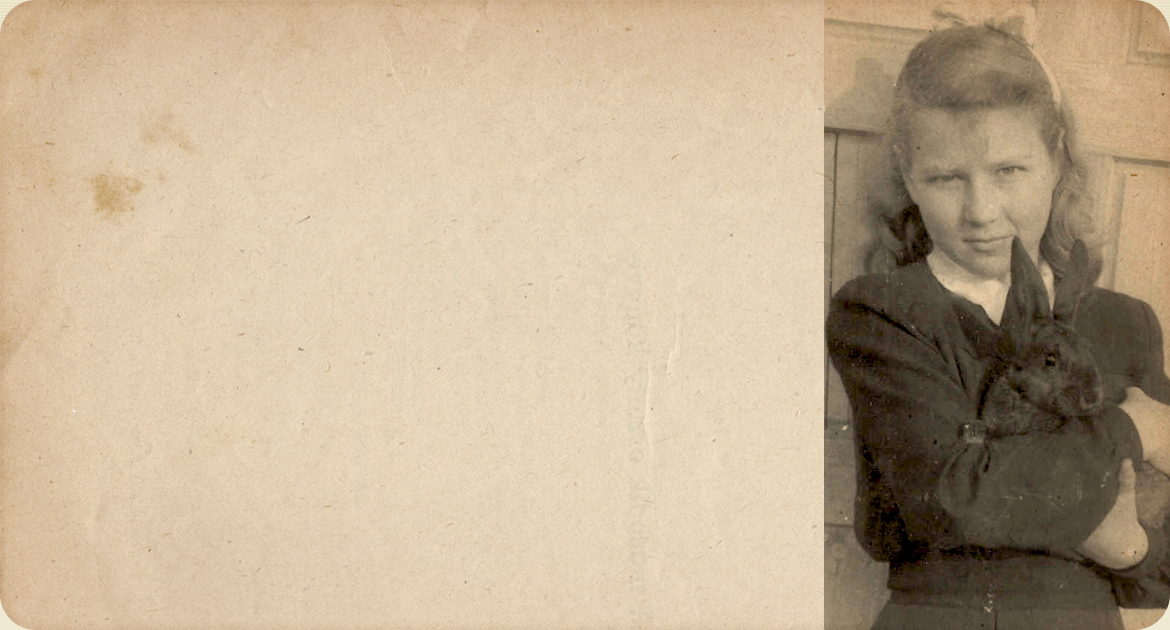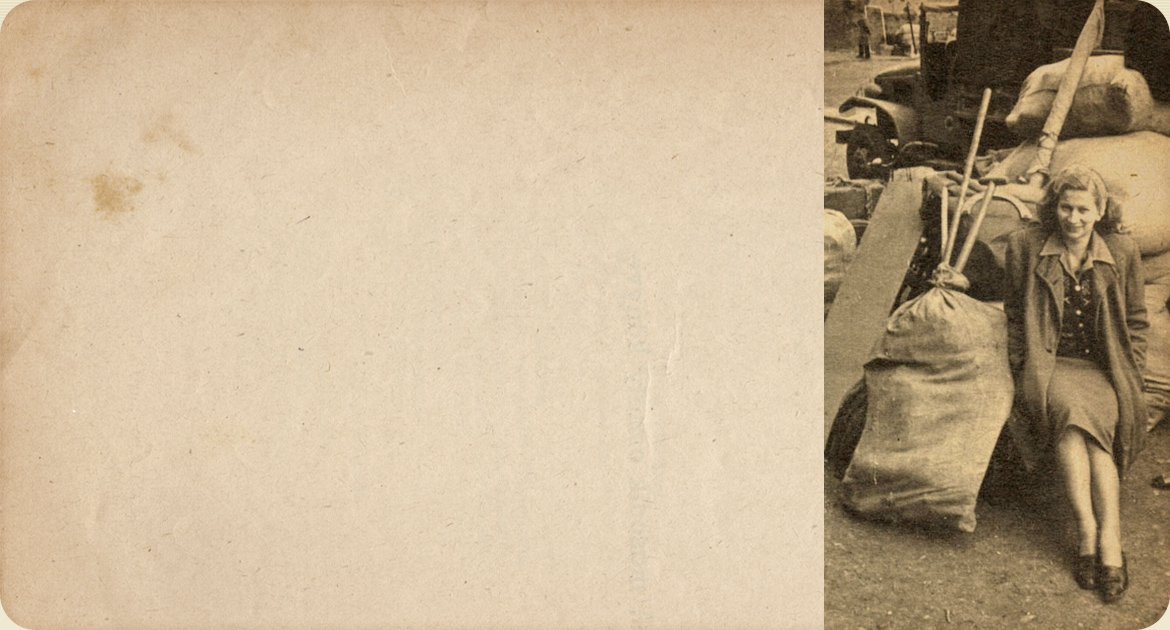Dieva Putniņi





Most Latvian refugees lived in camps in the American and British Zones. Nearly 300 Latvian DP camps existed between 1945 and 1950. The bigger camps such as Esslingen am Neckar, Amberg, Geesthacht, WŁrzburg housed thousands of refugees.
The biography of a typical Latvian refugee includes at least four or five DP camps. The camps were of varying sizes: sometimes they existed only for a few months, sometimes for several years. The smaller camps were eventually closed and their inhabitants transferred to bigger ones. Young people went to camps where it was possible to attend a high school and obtain education. Families tended to consolidate and find missing relatives. People never knew how long they would be in one place; they always had to be ready to pack up, get onto a truck and go somewhere else.
The refugees were most likely placed in old army barracks, abandoned factories or schools. The camps were separated from the surrounding communities, but the inhabitants were not prohibited from moving around outside their territory.
It was very hard for people to organise a private life because in many cases only blankets separated several families in the same room.Camp food was sufficient to live on, but monotonous and usually not too tasteful. People were obliged to search for additional food by bartering with the local German farmers or keeping their own animals. Cigarettes were the best bartering items. Many ex-refugees remember the welfare parcels with used clothing and shoes.


Photo from Ivars Šeibeļis
ID 281
The Šeibeļis family in their room corner



Foto no Geis Zelčs
ID 683
Genis Zelčs farewells his friends

"Each year I was in a different camp and my friends were also different. In the end I became so used to losing friends and gaining new ones, that it was hard to make a really close friendship"
Genis Zelčs


Photo from Nora Plostniece
ID 2056
Nora Ozoliņa ceļā en route to a new DP camp



Photo from Ārija Gulbis Salēda
ID 1446
Elizabete Gulbis in her room

"We lived in one room in the barracks, which was our 'apartment'. There we had home-made tables and chairs. IN these kinds of rooms we celebrated birthdays and name days, funerals and christenings "
Ārija Gulbis Salēda


Photo from Silva Zariņa
ID 341
Silva Zariņa with long-ears

"I kept rabbits. I gathered dandelions and clover and drove away rats so that they wouldn't eat the babies. The problem was, that I became so fond of the rabbits that when it came time to slaughter them, I cried, and couldn't bring myself to eat the rabbit roast"
Silva Zariņa


Photo from Andra Kārļa Migla
ID 577
Queuing for milk



Photo from Sarma Gertneres
ID 137
Sarma Gertnere and Vera Michaļčuka

"Although we weren't starving, we were always hungry. In place of bread we were given yellow, heavy "bricks" made of ground corn, the sugar ration at that time was 10 or 20 grams a week. I can see myself sitting on a windowsill - tears rolling down my face because I'm so hungry!"
Sarma Gertnere


Photo from Pāvils Menska
ID 722
"VALKA" Dp camp



Photo from Ivara Pāruma
ID 1349
Regensburg DP Camp

"One apartment building had suffered damages from a bomb. Boys called this building the "wreck" and there we played some fairly reckless war games, which would make our parents hair stand on end, had they known"
Ivars Pārums


Photo from Marija Rožkalne
ID 411
Würzburg northern DP Camp
